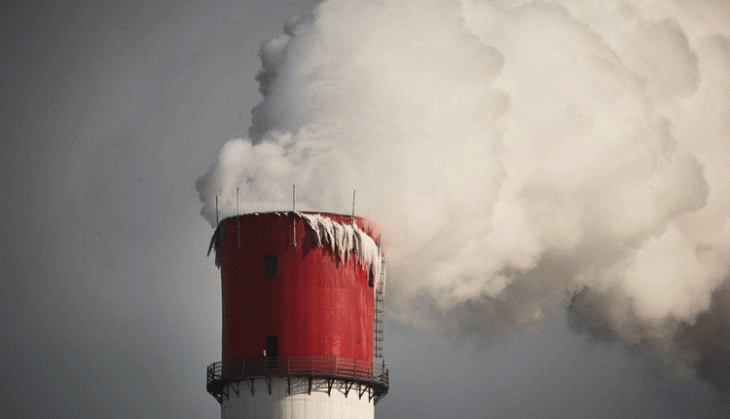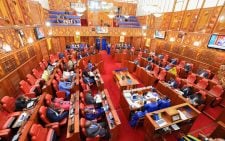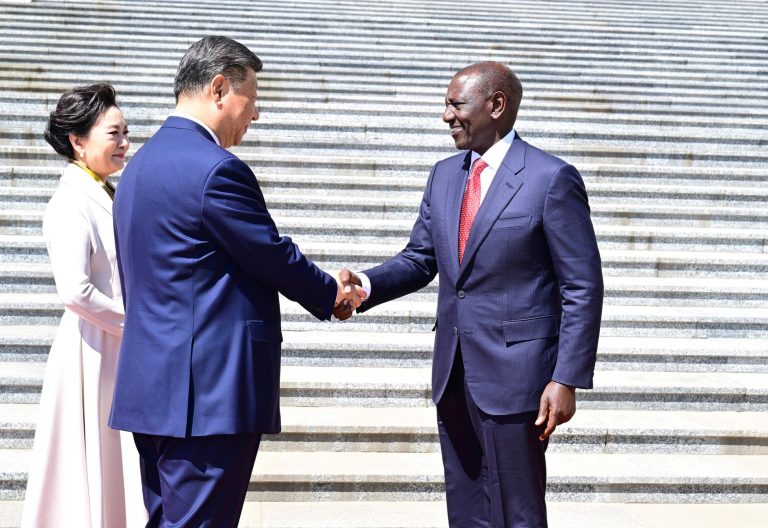Invest in renewable energy for carbon-neutral economy

The Paris Agreement envisions a long-term goal to limit global temperatures to well below 2°C preferably to 1.5°C compared to pre-industrial levels. However, this ambition is dwindling; the net anthropogenic greenhouse gases (GHG) emissions and climate destruction continue to rise as witnessed during COP26. However, all is not lost as the world economies continue to search for solutions to the climate crisis, but more priority, investment and concrete actions are urgently required.
Most countries have reviewed their Nationally Determined Contribution (NDC), reflecting their intentions to mitigate further climate change. Kenya, for example, shared her enhanced NDC with the ambition to cut her GHG emissions by 32 per cent relative to the business-as-usual scenario (BAU) by 2030.
Sectors such as energy, transport, forestry and agriculture have been earmarked for purposeful reduction of emissions. Energy takes the lead with an ambition to cut GHGs emissions by 48.1 per cent. This means a lot must be done to reduce overdependence on fossil and biomass fuels in all sectors.
Development in most rural areas, especially in the energy sector, lags as these areas are not given equal consideration with the urban areas. They have low commercial energy uptake and utilisation to make a business case for the transmission and distribution investment required.
In Kenya, 90 per cent of the rural population depends on firewood for energy needs. This causes massive destruction to the environment as many trees are felled—contributing to desertification, soil degradation and biodiversity loss. It also contributes to pollution and health complications such as carbon-related respiratory diseases.
Therefore, the development of renewable energy resources in rural areas becomes a key component in the achievement of environmental sustainability agenda of the country and the effective implementation of the global multilateral environmental agreements. It is also crucial in reducing extreme poverty because community members can engage in micro-processing of their agricultural produce for better storage and better prices in the market. Availability of renewable energies also means women’s workload is eased, and time spent fetching firewood can be put to other development sectors.
To accelerate the much-needed reforms towards achieving carbon neutrality, the government should ensure rural policies go beyond just agricultural production to include energy use in the households, transportation and micro-processing. A just transition to a net-zero economy in the rural areas should be encouraged, looking into all parameters, including communities’ awareness, local vulnerabilities and capacities, and availability of adaptation funds.
In the budgetary allocation for 2022/23, the government has allocated a substantial amount to the production of reliable and affordable energy but with no clear indication of how much is allocated towards rural sustainable energy supply. Domestic financing is not enough to implement the NDCs and ensure the just transition to renewable energy. Kenya depends on international support. The support required is inform of finance, investment, technology development and transfer, and capacity-building to fully realise the NDCs.
Kenya estimated that more than $62 billion is required for the implementation of mitigation and adaptation measures across sectors yet, it can only mobilise 13 per cent of the cost—a deficit of 87 per cent. The current level of international climate financing, both public and private, is insufficient; in fact, the latest IPCC report shows current climate finance is three to six times lower than what is needed to stay within the 1.5°C target.
Similarly, developing nations continue to experience severe impacts of climate change, particularly women, children, youth and marginalised communities. Focus on strengthening their resilience is very important. International financial support should also prioritise support to developing nations to mitigate and adapt to the effects of climate change and transition to green energy solutions.
– The writers are Climate Change Advisors at Vi agroforestry and We Effect















